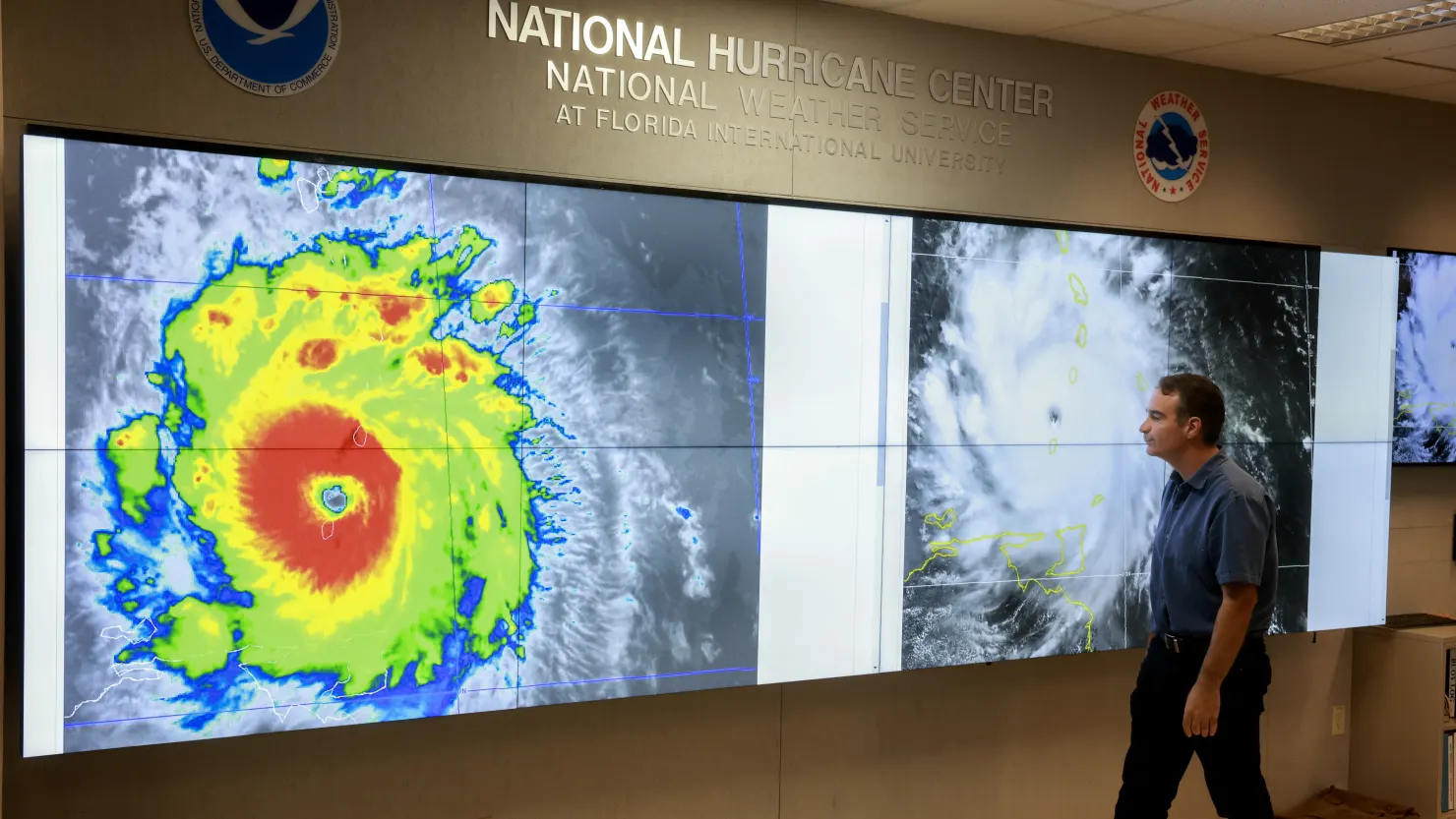Government scientists have released their outlook for the 2025 hurricane season, forecasting a 60% likelihood of above-average storm activity. The National Oceanic and Atmospheric Administration (NOAA) projects 13 to 19 named storms with wind speeds of 39 miles per hour or greater. Of these, six to 10 are expected to intensify into hurricanes, with three to five reaching major hurricane status. Despite facing questions about potential impacts of federal budget cuts on climate science, NOAA’s acting administrator, Laura Grimm, emphasized the agency’s readiness. Speaking from Jefferson Parish, Louisiana, during a commemoration of Hurricane Katrina’s 20th anniversary, she reiterated NOAA’s commitment to weather prediction and public safety, stating that the hurricane center is fully staffed and prepared.
Grimm also noted that improvements in meteorological science and technology have significantly enhanced forecasting accuracy. Last year’s predictions were largely on target, which underscores NOAA’s capability despite fiscal uncertainties. The urgency of preparedness is underscored by the increasing financial toll of recent natural disasters. Hurricanes Helene and Milton led to over $37 billion in insured losses in 2024. Although the property casualty insurance sector recorded its best underwriting performance since 2013, a confluence of new challenges—such as the catastrophic wildfires in California and economic strains from tariffs—may undercut gains in 2025.
The Los Angeles wildfires alone are expected to burden insurers and reinsurers with more than $50 billion in losses. At the same time, the Midwest has experienced an uptick in severe weather events, including thunderstorms, hail, and tornadoes. As of mid-May, the Storm Prediction Center had reported 883 tornadoes—35% above the seasonal average. Severe convective storms have already resulted in $10 billion in insured losses in the first quarter of the year, with a three-day event in May adding another estimated $7 billion.
Over the past decade, annual insured losses have averaged more than $33 billion, representing a 90% increase over the previous ten years. This surge in losses poses a significant threat to the sustainability of the insurance industry. The costs of reinsurance—insurance for insurance providers—are now at a 20-year high. This spike, combined with reduced availability, is limiting insurers’ ability to manage growing claims, leaving many financially constrained. Industry experts attribute the rise in losses not just to more frequent and severe weather, but also to increased exposure. More people are living in high-risk areas, and the value of homes, vehicles, and possessions has climbed, making each loss more costly.
In response, the insurance industry is advocating for enhanced resilience and mitigation strategies. These include stricter building codes, improved public infrastructure, and defensible space policies to reduce vulnerability to disasters. Cynthia Lee Sheng, president of Jefferson Parish, highlighted the advances made since Hurricane Katrina devastated the region in 2005, claiming nearly 1,400 lives. Overhauled flood protection systems and streamlined disaster recovery coordination have greatly improved emergency response. Sheng cited data indicating that every dollar invested in mitigation yields a $13 return in avoided disaster costs, underscoring the long-term value of proactive resilience planning.
READ MORE:
